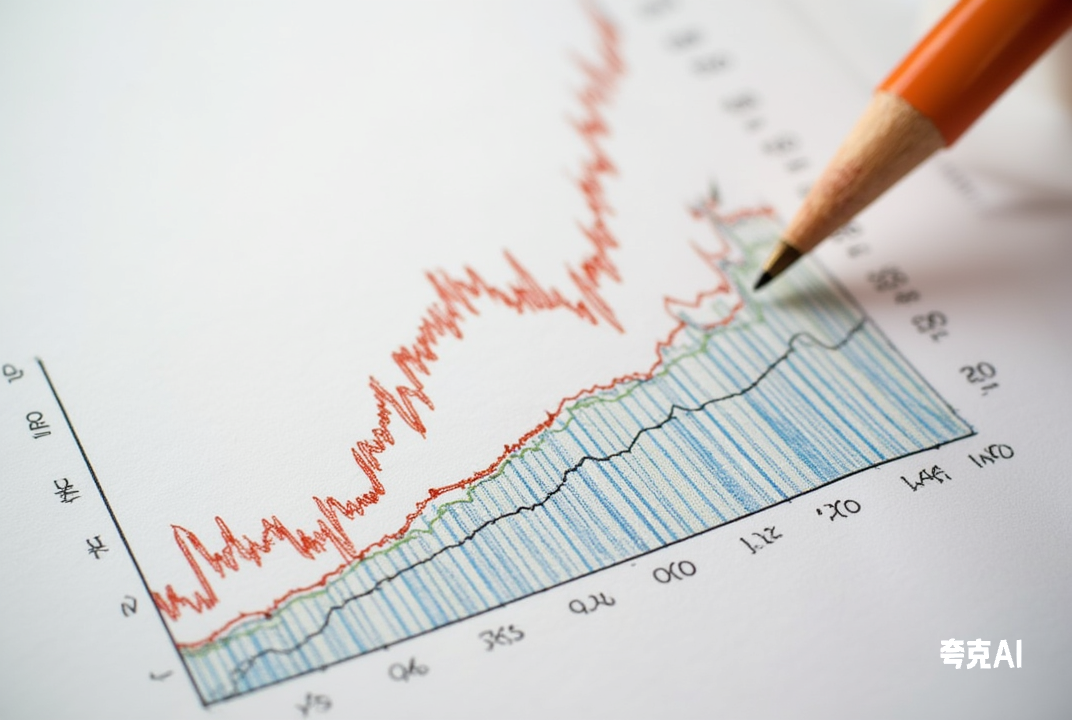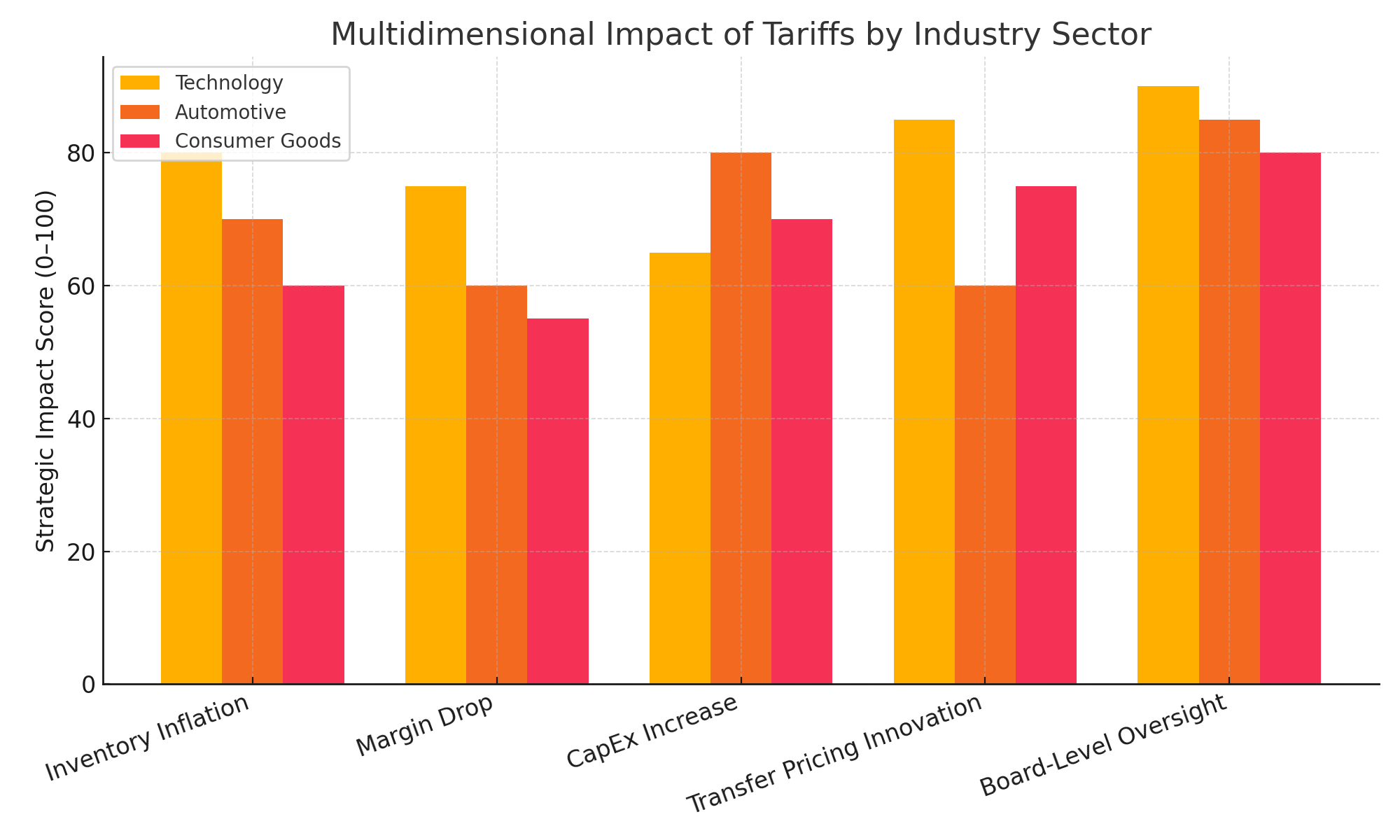The Profitability Blueprint Hidden in Financial Statements
In today’s volatile economic climate, the ability to extract meaningful insights from financial statements has become an indispensable skill for investors, analysts, and corporate leaders. The income statement, often overshadowed by flashy balance sheet metrics or cash flow projections, actually contains the most revealing narrative about a company’s competitive position and operational efficiency.
This comprehensive guide will transform how you interpret profitability metrics, moving beyond surface-level analysis to uncover the strategic truths buried in financial data. We’ll examine five critical profitability indicators, explain their interconnected relationships, and reveal what they truly communicate about a company’s market position and management quality—with real-world examples from North American markets.
Section 1: The Fundamental Profitability Indicators
1. Gross Margin: The First Test of Competitive Moat
Calculation: Gross Margin = (Revenue – Cost of Goods Sold) / Revenue
A company’s gross margin serves as the first critical checkpoint in profitability analysis. In the North American context, we typically observe:
- Technology Leaders: 60-70% (Microsoft 68%, Adobe 66%)
- Premium Consumer Brands: 50-60% (Apple 43%, Nike 46%)
- Industrial Manufacturers: 30-40% (Boeing 33%, 3M 42%)
- Retail & Commodities: <30% (Walmart 24%, Kroger 22%)
Strategic Insight: The gross margin reflects pricing power and production efficiency. When analyzing, always compare to industry peers rather than absolute values. For instance, Costco’s 12% gross margin appears weak until contextualized against Walmart’s 24%—revealing Costco’s deliberate low-margin, high-volume strategy.
2. Operating Margin: The Management Efficiency Benchmark
Calculation: Operating Margin = Operating Income / Revenue
This metric strips away capital structure and tax considerations, focusing purely on operational performance. Key patterns:
- Software & Services: 25-40% (Google 30%, Salesforce 20%)
- Healthcare: 15-25% (UnitedHealth 8%, Pfizer 29%)
- Automotive: 5-15% (Ford 6%, Tesla 15%)
Red Flag: When operating margin declines faster than gross margin, it often signals bloated SG&A expenses or failing operational leverage—a warning sign we saw with Meta’s 2022 “year of efficiency” restructuring.
Section 2: Advanced Profitability Metrics
3. Net Profit Margin: The Bottom-Line Reality Check
Calculation: Net Margin = Net Income / Revenue
The ultimate measure of what percentage of each revenue dollar converts to profit. Recent trends show:
- Banking: 20-30% (JPMorgan 32%, Bank of America 33%)
- Pharma: 15-25% (Merck 18%, Eli Lilly 20%)
- Airlines: -5% to 5% (Delta 5%, United 4%)
Analytical Tip: Always reconcile net margin with cash flow. Tesla’s 15% net margin in 2023 became more impressive when paired with $13.3 billion operating cash flow, confirming earnings quality.
4. Return on Assets (ROA): Capital Efficiency Exposed
Calculation: ROA = Net Income / Total Assets
This ratio reveals how well management utilizes the company’s asset base:
- Tech: 10-20% (Apple 28%, Nvidia 19%)
- Retail: 5-10% (Home Depot 16%, Target 6%)
- Utilities: 2-4% (NextEra Energy 3%)
Strategic Insight: Low ROA companies (like traditional automakers at 3-5%) often face disruption threats, while high ROA firms (Visa 20%) typically possess asset-light business models.
Section 3: The Crown Jewel – Return on Equity (ROE)
Calculation: ROE = Net Income / Shareholders’ Equity
The DuPont analysis breaks this into three components:
- Profit Margin (Net Income/Sales)
- Asset Turnover (Sales/Assets)
- Financial Leverage (Assets/Equity)
2024 Benchmark Data:
- S&P 500 Average: 18%
- Top Performers: Nvidia (35%), Berkshire Hathaway (15%)
- Troubled Sectors: Regional Banks (8-10%)
Warning Sign: ROE expansion driven solely by increased leverage (common in private equity deals) creates fragility, as seen in the 2023 banking crisis.
Section 4: Cash Flow Validation – The Profit Quality Test
Calculation: Cash Conversion Ratio = Operating Cash Flow / Net Income
This “reality check” metric separates accounting profits from actual cash generation:
- Healthy: >1 (Microsoft 1.4, Pfizer 1.3)
- Concerning: <0.8 (Boeing 0.5 in 2022)
- Danger Zone: Negative (WeWork pre-bankruptcy)
Analytical Framework:
- Consistent >1.0: High-quality earnings (e.g., Visa)
- Volatile 0.8-1.2: Requires investigation (e.g., Tesla)
- Persistent <0.8: Potential earnings management (e.g., Bed Bath & Beyond)
Section 5: Integrated Profitability Analysis – A Case Study Approach
Amazon 2023 Deep Dive:
- Gross Margin: 45% (up from 40% in 2020) → AWS mix shift
- Operating Margin: 6% (2% in retail, 30% in AWS)
- ROIC: 12% (reflects heavy reinvestment)
- Cash Conversion: 1.1 (healthy but pressured by inventory)
Key Takeaway: Amazon’s profitability profile reveals a company transitioning from growth-at-all-costs to disciplined capital allocation—a narrative supported by the numbers.
Conclusion: Building Your Profitability Analysis Toolkit
Mastering income statement analysis requires understanding that:
- Margin trends > single-point metrics
- Industry context is mandatory
- Cash flow validates accounting profits
- Ratios interconnect to tell a complete story
For investors, these insights help identify competitively advantaged companies trading at reasonable valuations. For managers, they highlight operational improvement opportunities. In our current economic environment of elevated capital costs, this profitability lens becomes even more critical.
Final Recommendation: Always analyze these metrics over 5-10 year periods to separate cyclical effects from structural advantages. The most profitable companies (like those in the Dow Jones Industrial Average) typically demonstrate consistent margin performance across market cycles.
🥳 Love My Content?
Fuel more free guides with a beer! 🍺
(Every sip makes the keyboard dance!)
Secured via PayPal • No account needed

 SinoLoanHub: Expert Business Loan Solutions for North American Companies
SinoLoanHub: Expert Business Loan Solutions for North American Companies






